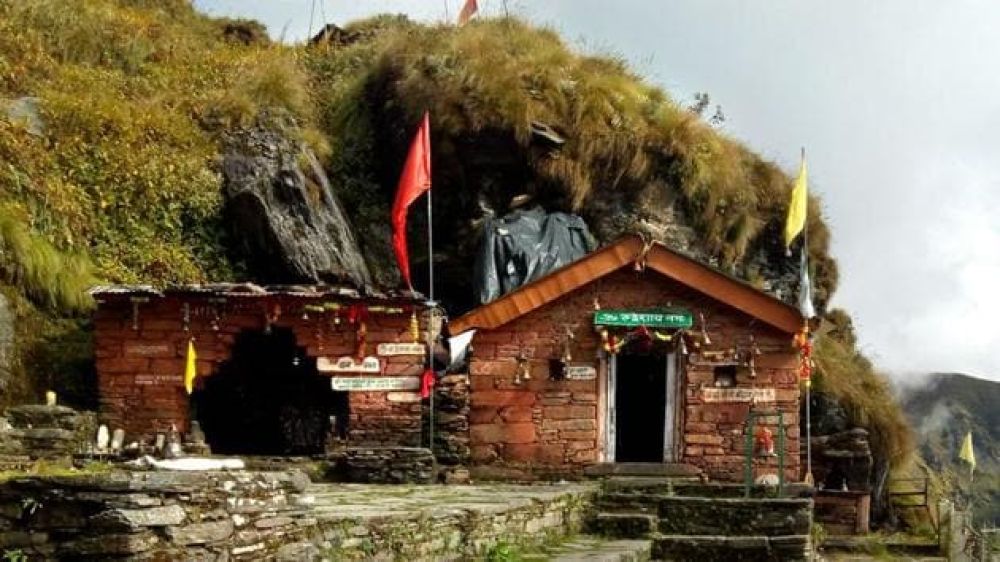

Situated amidst the serene beauty of the Garhwal Himalayas in Uttarakhand, India, the Rudranath Temple is a prominent pilgrimage site and an integral part of the famous Panch Kedar trek. The temple is dedicated to Lord Shiva, and it is revered as the place where his face appeared. The history of tourism to this sacred temple is deeply intertwined with religious and spiritual pursuits, attracting devotees and adventure enthusiasts alike.
The Rudranath Temple is believed to date back to the 8th century, when Adi Shankaracharya, the great Indian philosopher, and theologian established it along with the other temples that form the Panch Kedar. According to Hindu mythology, the Panch Kedar temples were built at locations where different parts of Lord Shiva, who took the form of a bull to evade the Pandavas, manifested themselves. At Rudranath, worshippers pay homage to what is considered the ‘mukh’ or face of Shiva.
Initially, only the most devout pilgrims made the arduous journey through the rough mountainous terrains to seek the blessings of Lord Shiva at Rudranath. Over time, with enhancements in regional infrastructure and a growing interest in trekking and spirituality, the influx of tourists has seen a significant upswing. The government of Uttarakhand and various travel organizations have worked to make the path more accessible, promoting religious tourism in this area.
The trek to Rudranath is a highlight for many visitors and is recognized for both its spiritual merit and its natural splendor. Starting from various points like Gopeshwar or Urgam Valley, the trek spans several days, during which travelers can immerse themselves in the beauty of rhododendron forests, alpine meadows, and panoramic Himalayan views.
In recent years, there has been a growing trend towards experiential and adventure tourism. Travelers are increasingly seeking out destinations that offer not just scenic beauty or religious value, but an opportunity for personal growth and challenge. The Rudranath trek fits perfectly into this trend, providing a journey that is both physically demanding and spiritually rewarding.
Eco-tourism is another trend gaining momentum in the region. Efforts are underway to preserve the delicate ecosystem of the Himalayas while allowing tourists to enjoy the beauty of Rudranath responsibly. Local communities are being involved in tourism-related activities, which helps in the sustenance of their culture and traditions.
The best time to visit Rudranath Temple is from May to October, before the winter snow makes the region inaccessible. The temple remains closed during the harsh winter months and is reopened after a ceremonial procession in the spring.
The sacred Rudranath Temple stands as an exemplar of India's rich tapestry of spirituality and adventure tourism. With every year, it draws in a growing number of visitors who come for enlightenment, solace, and a taste of the Himalayan wilderness. As tourism evolves, Rudranath continues to be a beacon for those seeking the divine amidst the majesty of nature.